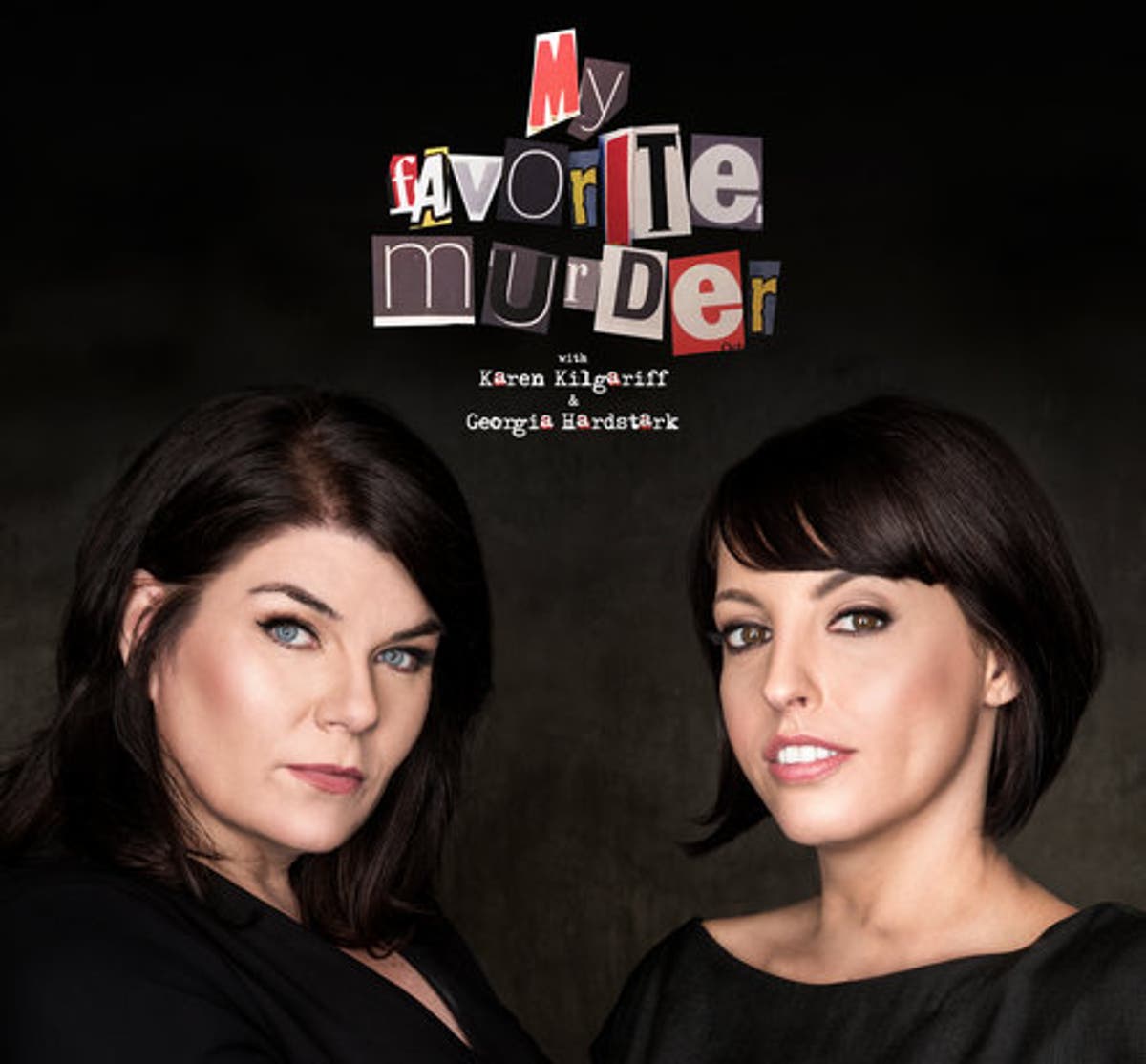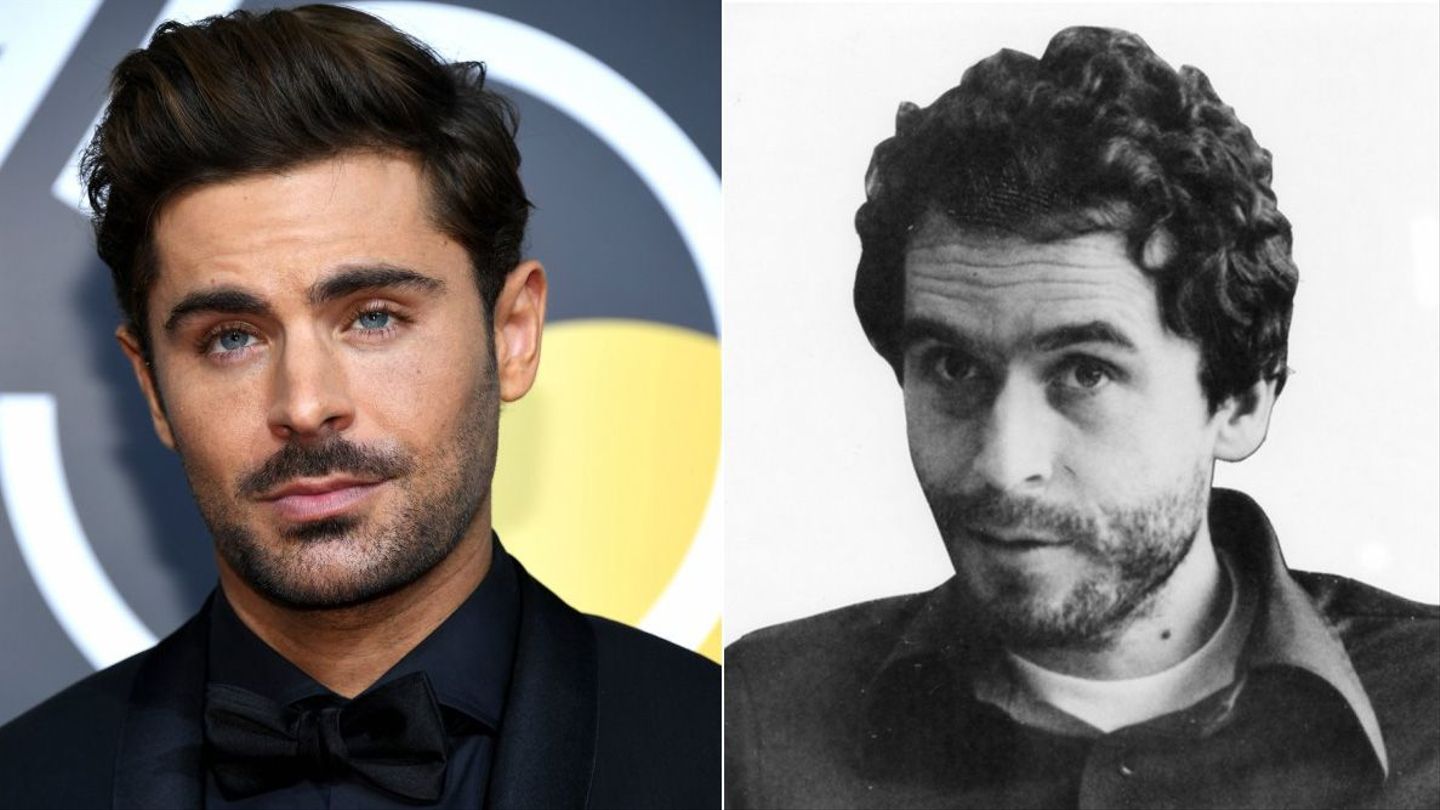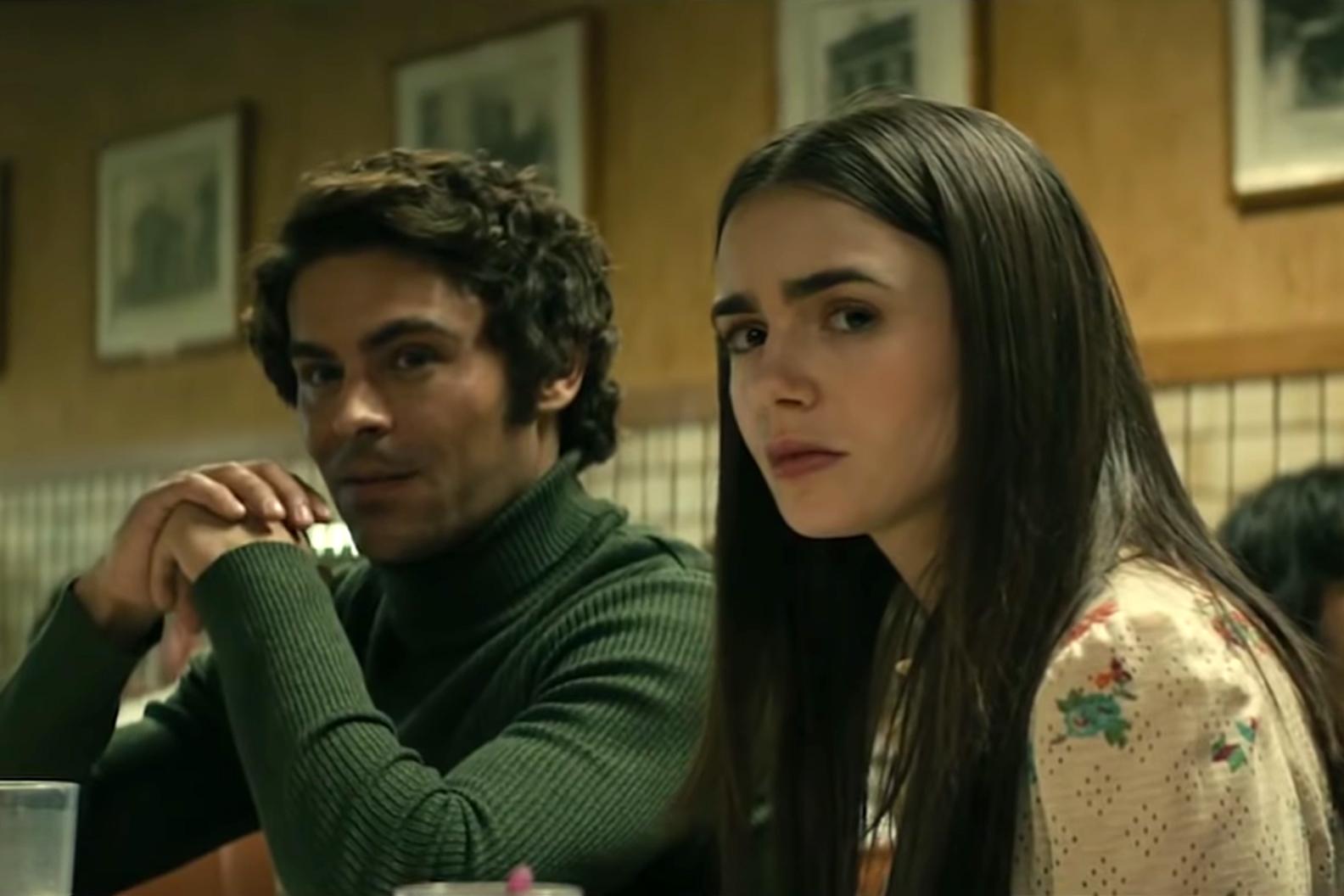Table of Contents Show
It seems like humans have always been drawn to the salacious and titillating world of true crime. Recently, there seems to be an inundation of evil deeds on the nightly news, horrific details on darkly comic podcasts, and hip killer biopics. It’s easy to wonder what it says about someone who finds solace and enjoyment out of such macabre material. Is it empathy, horror, or even some form of schadenfreude? Whatever the reason, it’s seen as brutal, exploitative, voyeuristic, and decidedly… unladylike.
Target Victim, Target Audience?
It’s no secret women rule “true crime,” both in the victim demographic and in the target audience. According to the WHO, 1 in 3 women (35%) will experience violent crime, while a staggering 70% of true crime book reviews on Amazon are written by women (( Illinois News )). However, victim-hood enough can’t explain the obsession.

In fact, while women are the majority victim of intimate partner violence, men are still four times more likely to be the victims of homicide. That’s without even taking into consideration the statistics against young black males, who are truly the demographic to be concerned. Still, women devour the genre and not just books. Investigation Discovery, a cable channel known for its endless supply of true-crime programming, is one of the most-watched cable channels by women and is the third most-watched network among women 25-54 (( Jezebel )).
Women make up 48% of podcasts listeners, according to The Podcast Consumer 2018 (( Edison Research )), yet when looking at individual true crime podcasts their listener-ship can be as much as 80-85%. That’s not counting the myriad of women who are actual true-crime podcast creators and producers, the very popular My Favorite Murder being an example, whose slogan “Stay Sexy and Don’t Get Murdered” has birthed enough online merchandise to certainly fill John Wayne Gacy’s crawlspace… and then some.
Research, Reclamation, + Rebellion
Women are confronted with the idea of their own vulnerability almost constantly in popular media. From fainting damsels to battered wives, the media makes a killing off of, well, killing women, or at least giving them heaping doses of harm. One of the overarching themes you’ll find when discussing women and true crime is the idea that women need to consume true crime as an act of evolutionary response. We feel the need to “know thy enemy.”

Perhaps women are comforted by doing the research, absorbing these tales and understanding why some women survived and some did not, and all the ways they can prevent their own demise. There’s also a voyeuristic reclamation to it, the satisfaction of seeing a male perpetrator caught and tried. Women are experienced in ways of surviving trauma of all kinds, and the idea that we use true crime as a way to soothe the wounds of our everyday lives is an interesting concept.

There’s also a sort of palatable charm that comes with the idea that women are drawn to true crime to protect their precious lives. In a society where we often deem what is acceptable or normal for women to like, simply explaining true crime obsession as an act of self-preservation is an easy way to explain why women would like something so ghastly. It’s a socially acceptable way to wash over the simple fact that some women just like that kind of thing. Horror fans, fact and fiction, don’t have to be exclusively male.
Marketing For The Masses
True crime’s popularity and fandom walk a fine line between exploitation/commercialism and victim commemoration and respect. It’s hard to remember the senseless deaths of countless women when Netflix pointedly casts a heartthrob like Zac Efron as Ted Bundy, using his dimpled smile to an almost comical degree in a trailer with a soundtrack like a kitschy, 70’s buddy cop flick.

Then there are the heaps of merchandising that cater almost exclusively to women. From trendy farmhouse signs (( Etsy )) to cleverly worded sweatshirts (( Etsy )) and wine glasses, it’s hard to find the seriousness in the subject matter, and even easier to ignore the bones of women buried beneath the products. This being said with the cynicism of a woman who totally talks about serial killers with friends while giggling over wine. The desensitization is real.
Problematic Points
It’s all a matter of taste, and there’s something to be said about trivializing the genre, but the most problematic point in the subculture is the “whitewashing” of true crime. The marketing and the madness make it very much a suburban, white women’s game, and this is coming from a suburban white woman. We need to appreciate the reasons many women consume the genre while also being well aware that people of color, primarily black men and sex workers, are negated in the discussion.

It’s all well and good for us to empathize with dead, primarily white, women, but for every Sharon Tate, there’s an unnamed black woman without a book. Author Rachel Monroe accurately calls our love of true crime a perfect mixture of vulnerability and privilege, saying:
“You have to be attuned to vulnerability to be interested in them at all, but you have to have enough privilege to have it not feel like your daily reality.” (( Jezebel ))
Case Closed
Despite consumerism, privilege, and loss, the heart of true-crime fandom is deeply human. We can truss it up in all the palatable ways we want. We can claim it’s a form of rebellion, a form of reclamation, or a form of self-preservation, but at its visceral, sticky heart, true crime touches the primitive parts in us that yearn to understand and survive.
